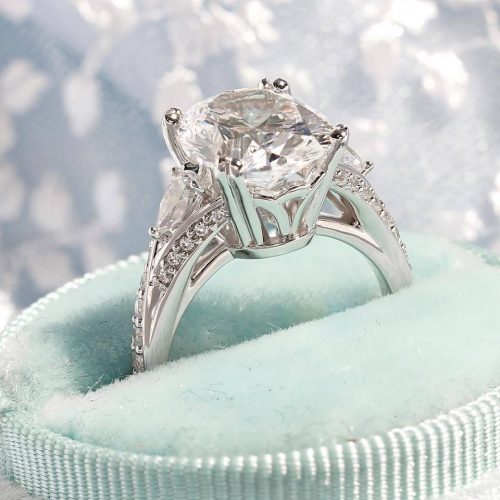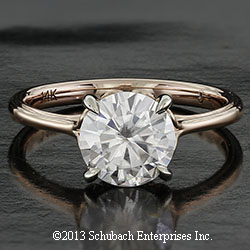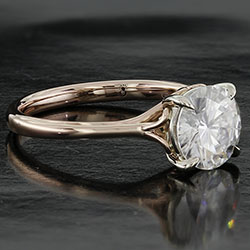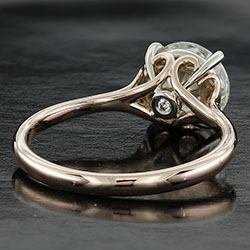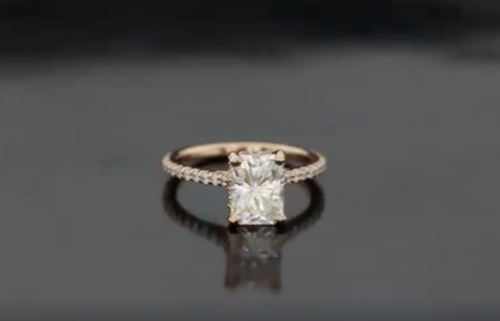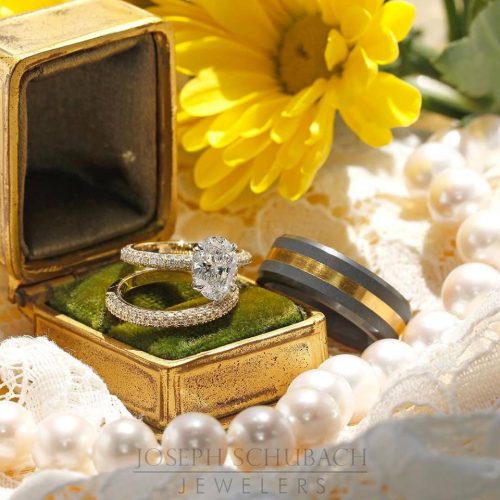
If you’re anything like me, matching colors when you dress has been kinda hardwired into you. At an early age, I heard my mother admonishing me when it came to color coordination.
Whether it was making sure I didn’t wear white after Labor Day or making sure my pocketbook (or purse, as she called it) matched my shoes, color coordination was a very real thing: hard and fast rules you simply had to follow. (Don’t get me started on the matching outfits my sisters and I occasionally had to wear.)
But as I got older and witnessed my share of fashionistas, I noticed something simply heretical: they wore colors that weren’t matchy matchy at all!
What is matchy matchy exactly?
According to the Urban Dictionary:
Often used in fashion blogs. Used to describe an outfit that is too coordinated and consists of too many of the same types of colours, patterns, fabrics, accessories, designer pieces, thematic elements, etc. Can also be used in reference to interior design.
These fashionable types actually defied matchy matchy. Colors that seemed horrible together (lime green and pink, for instance) suddenly seemed…cool.
Was my mother wrong?
No, not entirely. The basics of color coordination do matter. But pushing past those rules matters too. Now I try to have fun with my little “color rebellion”, right down to my choice of jewelry (mismatched earrings, for instance). I pick colors that don’t “match” in the true sense of the word but compliment and add depth instead.
My advice: take more chances with color. Dare to wear competing colors or designs. The main thing: wear your outfit with pride since that’s what really shines through.
